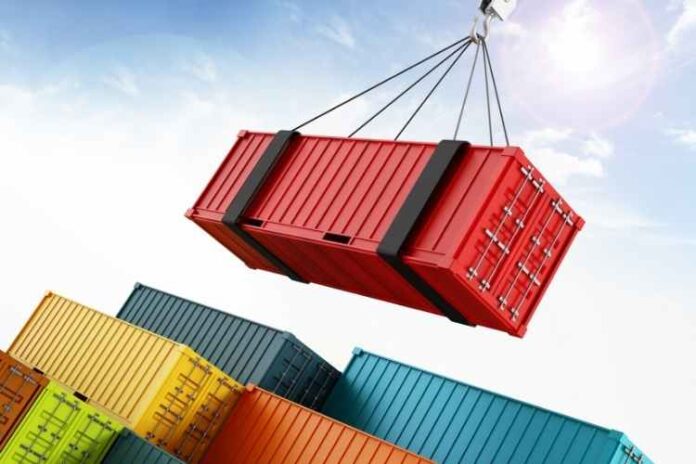Container ships usually adhere to a strict schedule of port calls. They probably follow a set route with a set number of outlets, which are likely to change according to the company’s interests.
During the ship’s port stay, the loading deck commanders oversee cargo loading and unloading and other essential events onboard.
The tips and instructions below on crucial things to check throughout your cargo monitor will assist you in planning and making the most of your cargo inspections while the ship is in port.
1.Cargo Loading and Unloading Should be Planned and Monitored
The most significant factor, or the primary reason for the port’s stay, is the filling and unloading of containers.
Before you start your watch, double-check that the loading/discharge procedures are in order. Mark out which ports the tower cranes are operating on as you go out on decks for rounds because you always do.
It’s also helpful to write down the gantry position so that you can track their movement in subsequent rounds. If possible, propose an even cargo discharge or loading deck to prevent the vessel from listing or scooting.
Inside the cargo compartment, pay careful attention to underdeck freight activities. Ensure that hatch coverings are stored and removed safely without causing harm to the ship’s substructure.
2.Reefer Containers Should Be Handled with Care
Reefers, or Refrigerated Carriers, are incredibly fragile cargo and should be treated with caution. An electronics engineer must onboard cargo vessels transporting reefers and is solely responsible for the reefers.
All reefer loading and unloading should be done with the electrical engineer’s knowledge and oversight. Verify that the electricians are notified and available when the reefers are packed and discharged.
Unplug the reefers from the electrical supply as soon as possible before discharge. It’s a good idea to ask the supervisor to warn that all reefers are due to be unloaded and, as a result, to unplug them right before they leave the ship.
Be conscious that the electrical engineer is liable and eligible for connecting and unplugging reefers. In practice, it is a good idea for officers, trainees, or deck crew to assist him.
However, make sure you get the basic knowledge to do so, such as turning on the reefers and verifying the set points. Never do something if you are unsure about yourself.
3.Examine the Lashings Thoroughly
Another essential element to keep an eye on during cargo watches is attaching. The duty officer is responsible for ensuring that each lashing is satisfactory. It is critical to have a comprehensive understanding of the ship’s lashing systems and lashing gears.
The lashing tests include the twist locks utilised between the containers and the lashing bar-turnbuckle devices. The sort of twist-lock used, whether semi-automatic or full auto, is determined by the ship’s lashing plan.
A defective twist-lock among any two boxes are not included in any plan. As a result, any lost twist locks must be reported to the foreman. Also, remember to secure the hatch flap cleats/pins.
Conclusion
The preceding points must be kept in mind because cargo patrols can be a hectic time onboard with many activities involving shore personnel. Nothing has to be a problem if you have the information and know what you’re doing.
While on a busy watch throughout a port visit, make time for oneself to get some relaxation and to go onshore, as this is one of the chances that sailors have. Make the most of your port stay and take pleasure in your task.


